Nature’s Most Colorful Animals (Photos)
by Jacob Olesen
Info & photos mirrored from "Color Meanings" - a blog by Jacob Olesen about color symbolism and design, he is a color expert in understanding how colors affect human emotion and behavior
The natural world is full of brilliant color. And often, animals are the most colorful elements of all.
Acai Berries
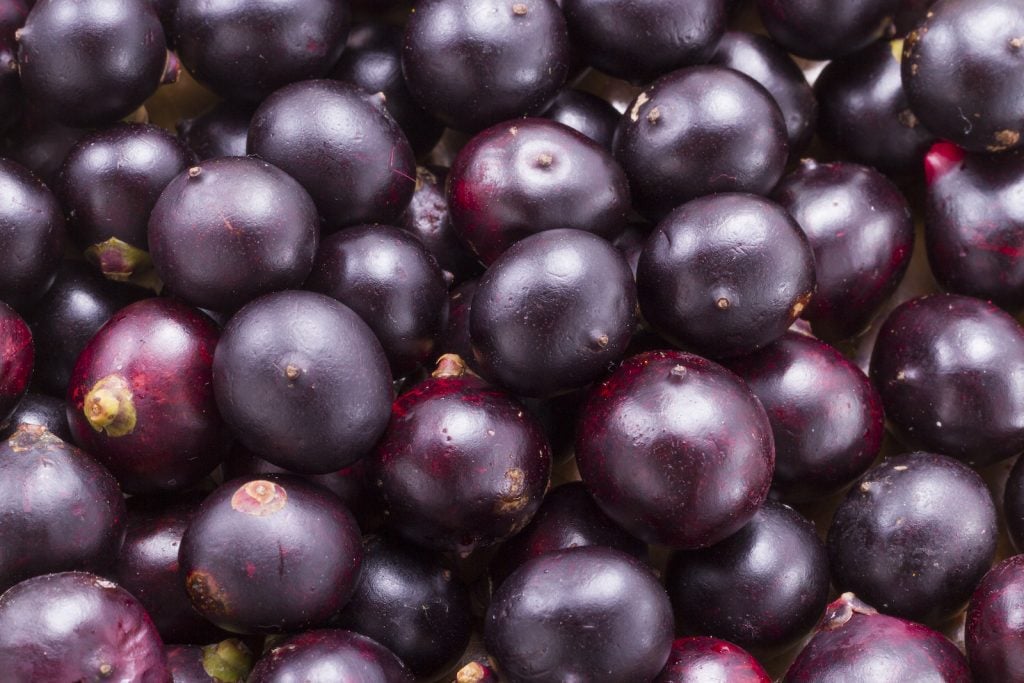
The nutrient-rich berries of the acai palm grow in bunches of anywhere between five hundred and nine hundred individual berries. The outer skin is a deep, dark purple, but the majority of the fruit is made up by the hard seed that hides in the middle of each berry.
Agapanthus Blossoms

Sometimes known as “lilies of the Nile”, agapanthuses are medium-sized flowering plants with long, thin leaves and small flowers that grow in a bunch at the end of a long stem. The flowers themselves are usually a pale purple with white accents that look almost blue in the right lighting.
Amethysts
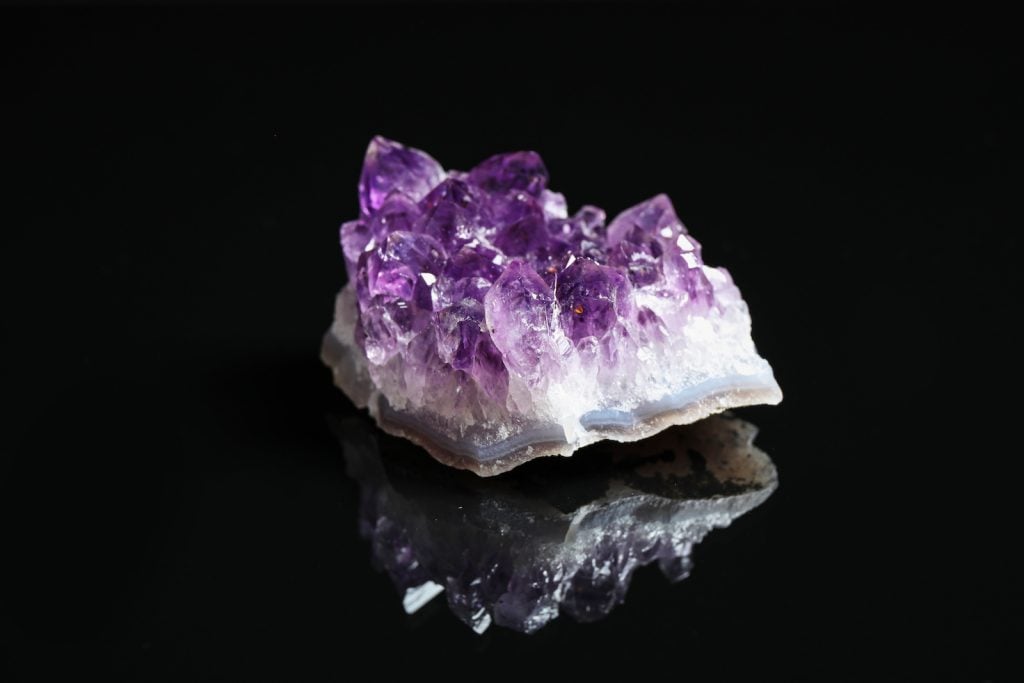
The name “amethyst” comes from the ancient Greek for “not intoxicated”, based on the ancient belief that these purple semiprecious stones could protect their bearers from getting drunk. During the middle ages, soldiers believed that amethysts would help them keep calm during battle and heal their wounds after fighting stopped.
Anemones

Anemones are part of the buttercup family and are often referred to as “windflowers” due to the fact that the flower’s petals easily scatter on the wind. They can come in white or red, but their blossoms are most commonly seen with a soft, purplish-blue hue to their petals.
Artichokes
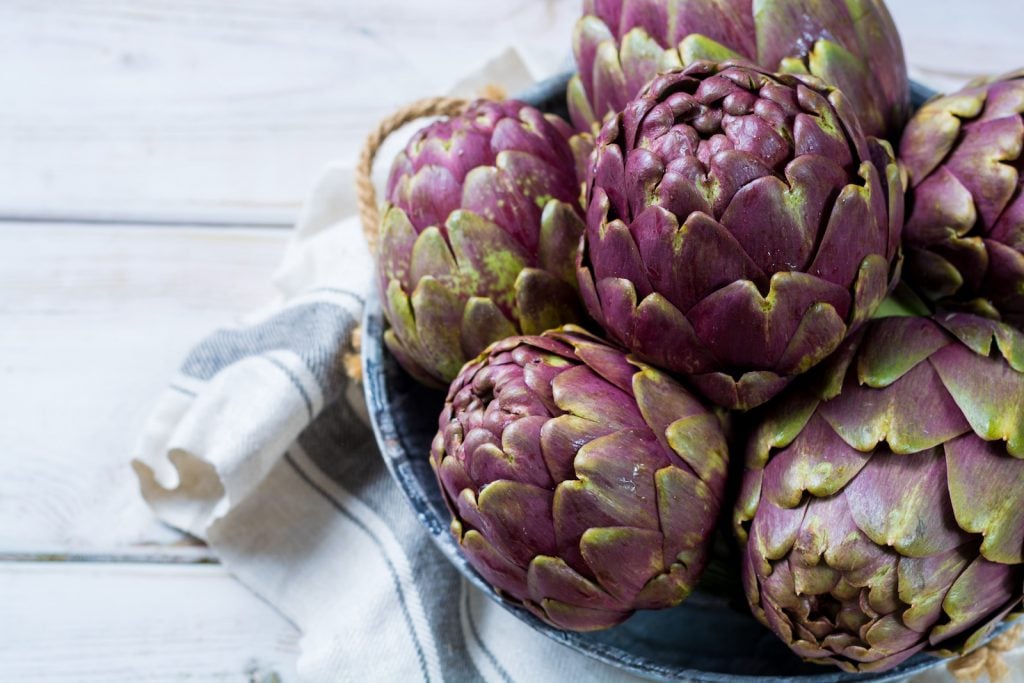
Artichokes are actually a type of thistle, which means that it should come as no surprise that this plant produces bright purple blossoms. The bristly flower grows up to six inches in diameter, and the mass of unfurled florets at the center make up what we know as the “heart”.
Asparagus
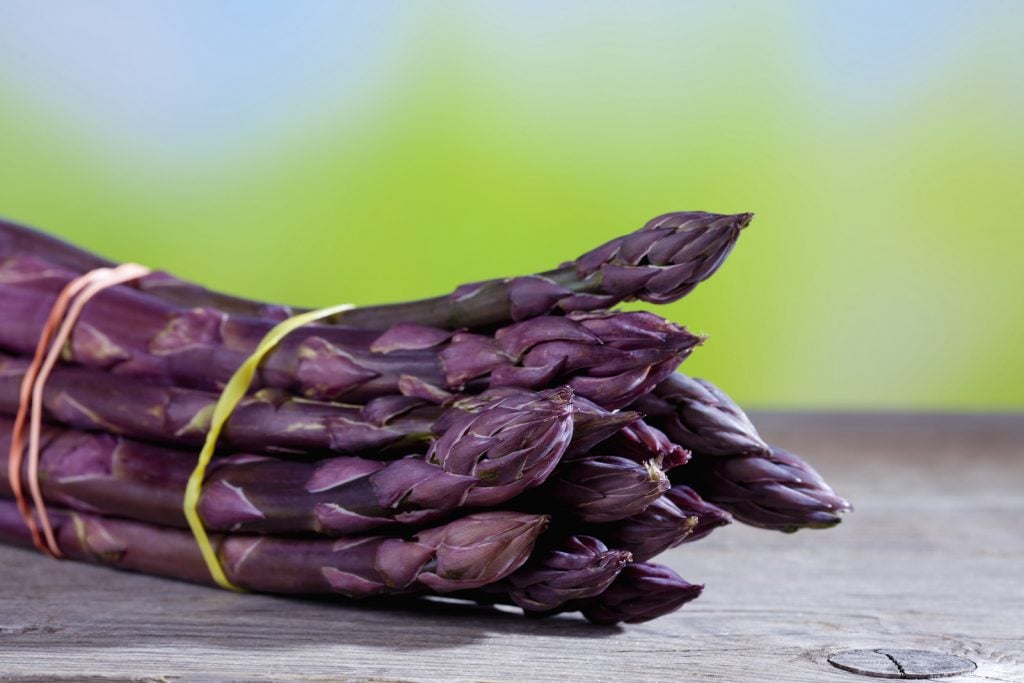
Often considered one of the most expensive vegetables in any kitchen, asparagus is actually a type of flowering plant, although we mostly use its shoots before they get the chance to blossom. The ancient Romans believed that the pale purple or lavender varieties were especially powerful as a medical supplement.
Asters

Asters are small, star-shaped flowers that are found throughout Europe and Asia. They’re especially popular with butterflies, but they’re even more popular with the larval forms of many different species of butterfly. As a result, these small, cheerful purple-blue flowers are a great way to attract some colorful creatures.
Beetroots
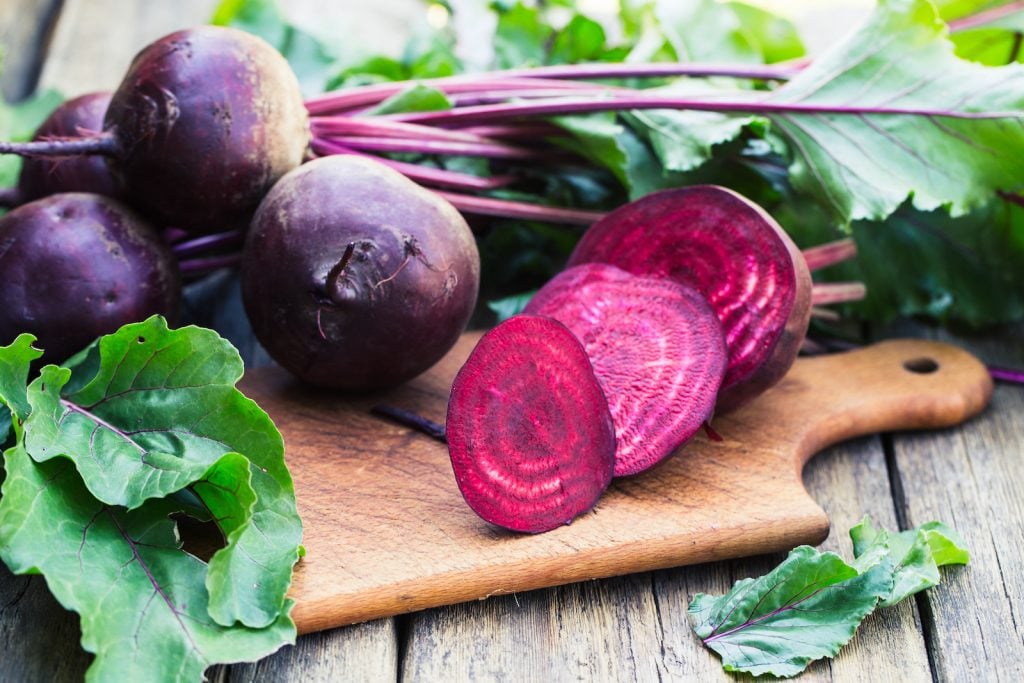
If you live in the US and Canada, you’re probably more used to hearing them called “beets”, but the root part of the beet plant is the specific portion we’re talking about in this entry. The bright reddish-purple color of these vegetables have made them an invaluable ingredient in dyes and food coloring for years.
Bell Heather Blossoms

Found throughout western and central Europe, the bell heather shrub produces very small purplish flowers that look like tiny bells. Occasionally, these flowers will be white, but purple is by far the more common color seen during the mid or late summer in Europe.
Bellflower Blossoms
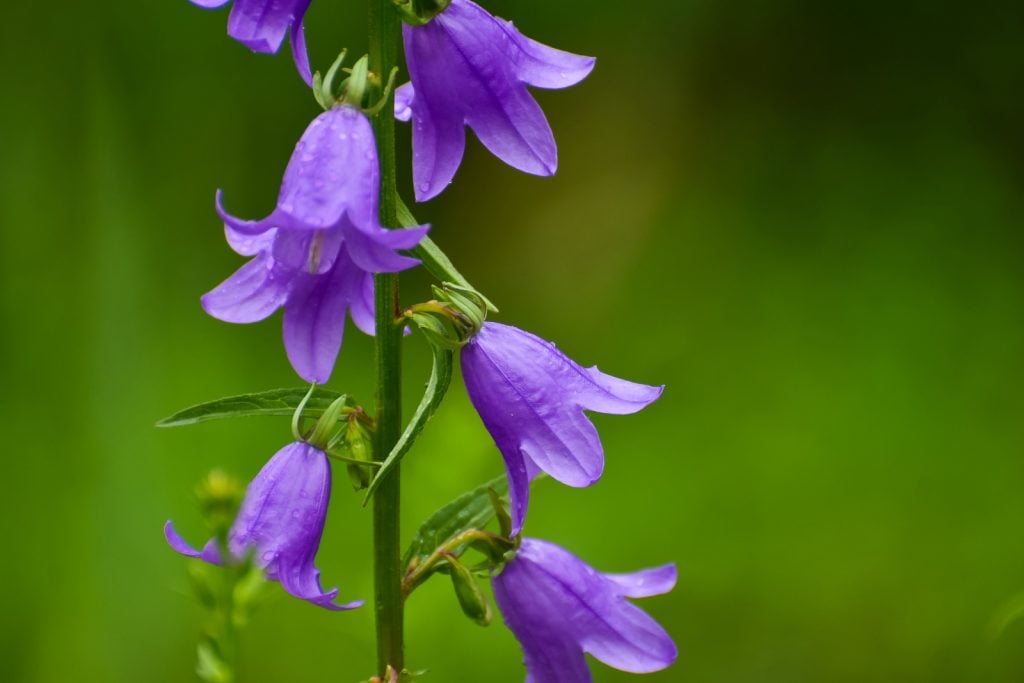
The name “bellflower” can actually refer to any number of different plants, as more than five hundred different species are lumped together under that name. Typically, however, these flowers will have bell-shaped blossoms, as the name would imply, and are found with a soft purple hue that borders on blue.
Betta Fish
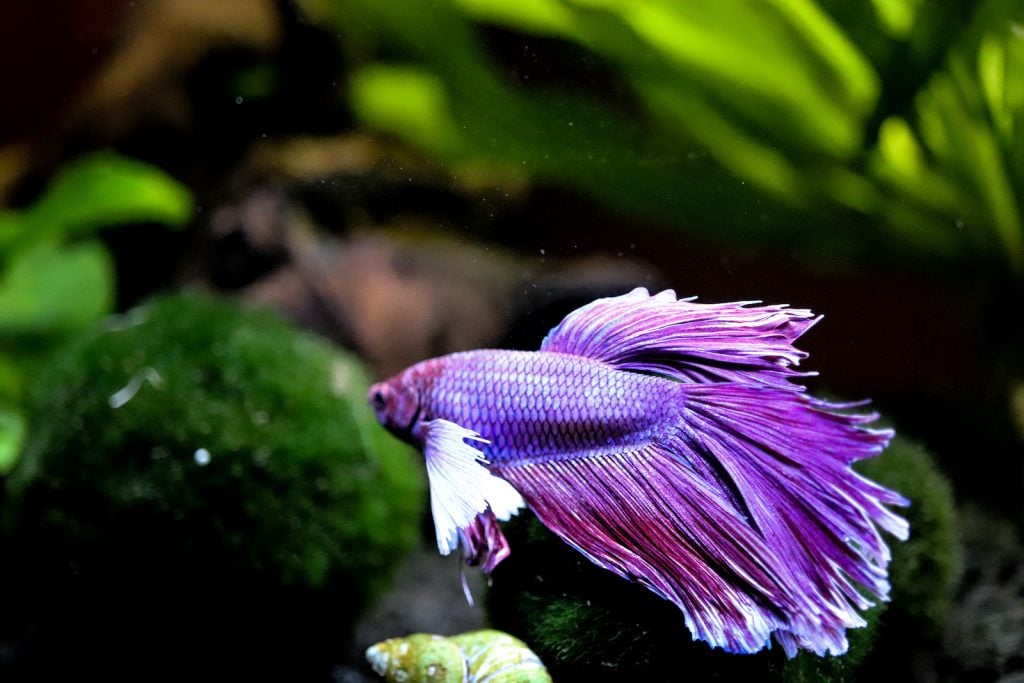
Often referred to as “Siamese fighting fish”, the animals we call betta fish are actually one of seventy-three different species in the Betta family. They’re known for their elaborate fins and ornate colors (including bright purple) and were first domesticated by humans as early as a thousand years ago.
Black Currants

Black currants may look black at first glance, but a closer inspection will reveal that these glossy berries are actually a deep, rich purple in color. They’re extremely high in vitamin C, and they can be eaten raw, but they’re usually used to make syrups, alcoholic beverages, jams, and preserves.
Black Rice

In ancient China, black rice was often referred to as “Forbidden Rice”, since only those who were extremely wealthy or powerful could actually buy it. It looks black when it’s dried, but each grain turns a deep purple color after it’s been fully cooked and is ready to eat.
Blackberries

Like black currants, blackberries are another berry that’s dark enough to pass for black unless you’re really paying attention to its purple undertones. When crushed or juiced, however, blackberries produce a bright reddish-purple juice that’s tart, sweet, and serves as a perfect reminder that summer has finally rolled around again.
Black Cap Basslets

The black cap basslet is a small fish that grows to be about four inches on average. It has a bright purple, almost magenta body with a black cap or stripe that runs from its lip to its dorsal fin. It’s an extremely peaceful fish and likes to keep to itself whenever possible.
Blueberries

Despite their name, blueberries are actually closer to purple. Wild blueberries are called “lowbush” berries, while cultivated berries are often considered “highbush” berries. Both varieties are native to North America, but Canada produces most of the world’s lowbush blueberries, while the United States produces most of the highbush berries.
Butterfly Bushes
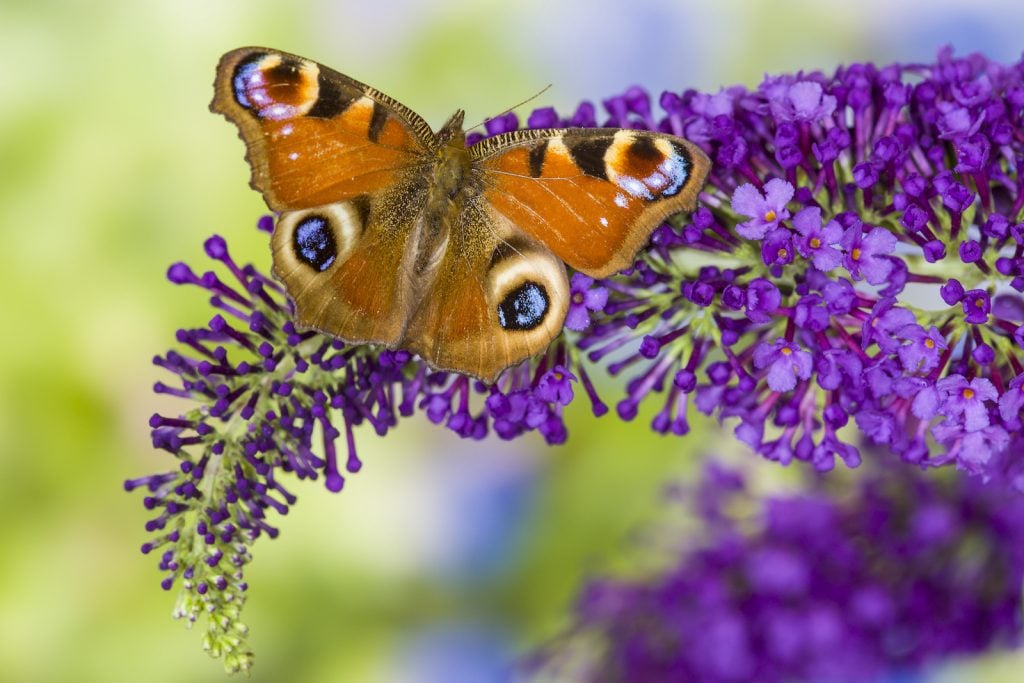
While they’re named for their ability to attract butterflies and other nectar-eating creatures, butterfly bushes used to be known as “bombsite plants” in the UK during WWII, as they would often grow in the bombed-out remains of factory sites or other targets.
Ornamental Cabbages
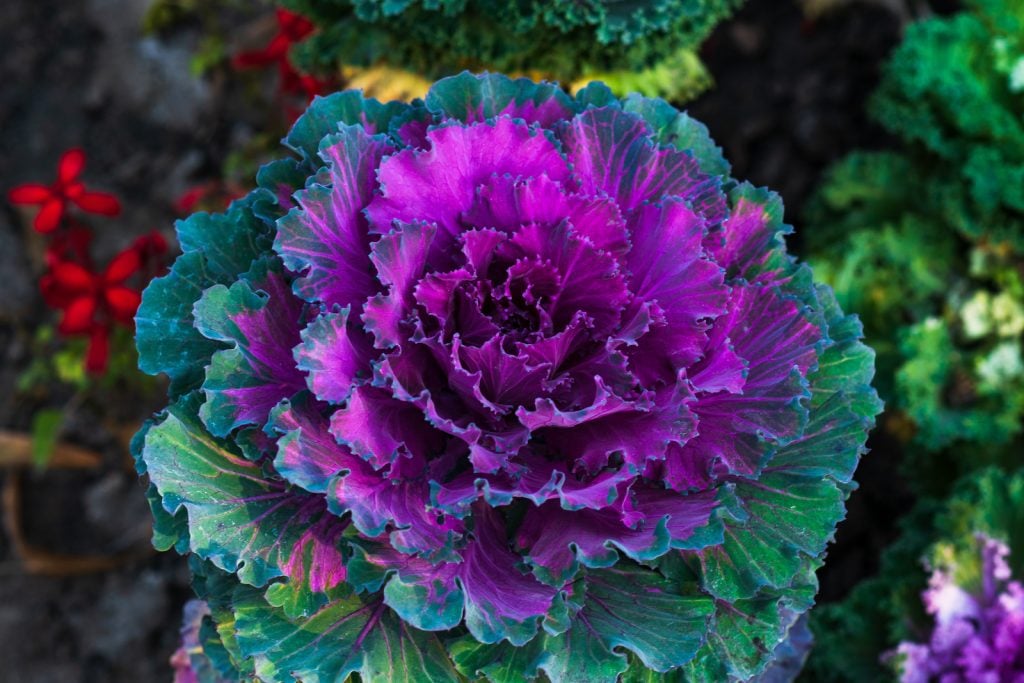
The cabbages we eat are usually a bright yellowish green, but ornamental cabbages are usually grown for their purple, dark brown, or reddish leaves. The leaf part of these cabbages is still edible, but their ornate leaves and striking colors make them a great fit for any outdoor decoration or exterior landscaping needs.
Canterbury Bells

Part of the bellflower family, the Canterbury bell blossom has pale, purplish-blue bell-shaped blossoms that can actually fertilize themselves, which means that they’re not nearly as dependent on bees, butterflies, and hummingbirds to be able to bloom and grow. Nectar from these flowers produces an extremely sweet strain of honey.
Carnations

It’s actually impossible for carnations to produce the pigment that most flowers use to create blue petals, which means that, for the longest time, purple or blue carnations were simply not available. In 1996, however, a flower company spliced genes from petunias and snapdragons into a carnation plant to create the blue-purple flower.
Cauliflowers

Anthocyanins, the same pigments that are found in red grapes (and by extension, red wine), are responsible for turning typically white or green cauliflower plants purple. The end result is a vividly purple “head” that still tastes pretty much exactly the same as regularly colored cauliflower does.
Cherries
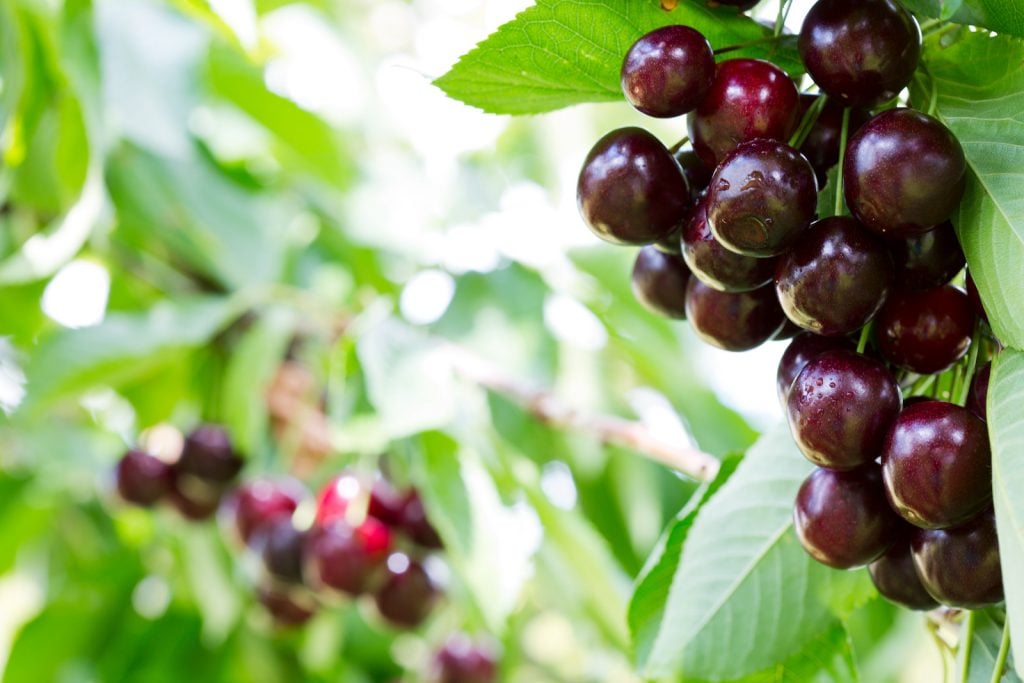
Depending on how you look at things, cherries can be either red or purple, but the juice of pressed cherries is undeniably purple in hue. In addition to the juice, some strains of cherries automatically grow a little bit darker than their more well-known relatives, taking on a reddish-purple tone.
Clematis Blossoms

The clematis plant is a climbing vine that is found in parts of Europe and Asia, although it was particularly cultivated and developed by the Japanese during the Edo period. While Spanish colonizers often encouraged each other to use it as a substitute for pepper, it’s actually extremely toxic.
Columbine Flowers
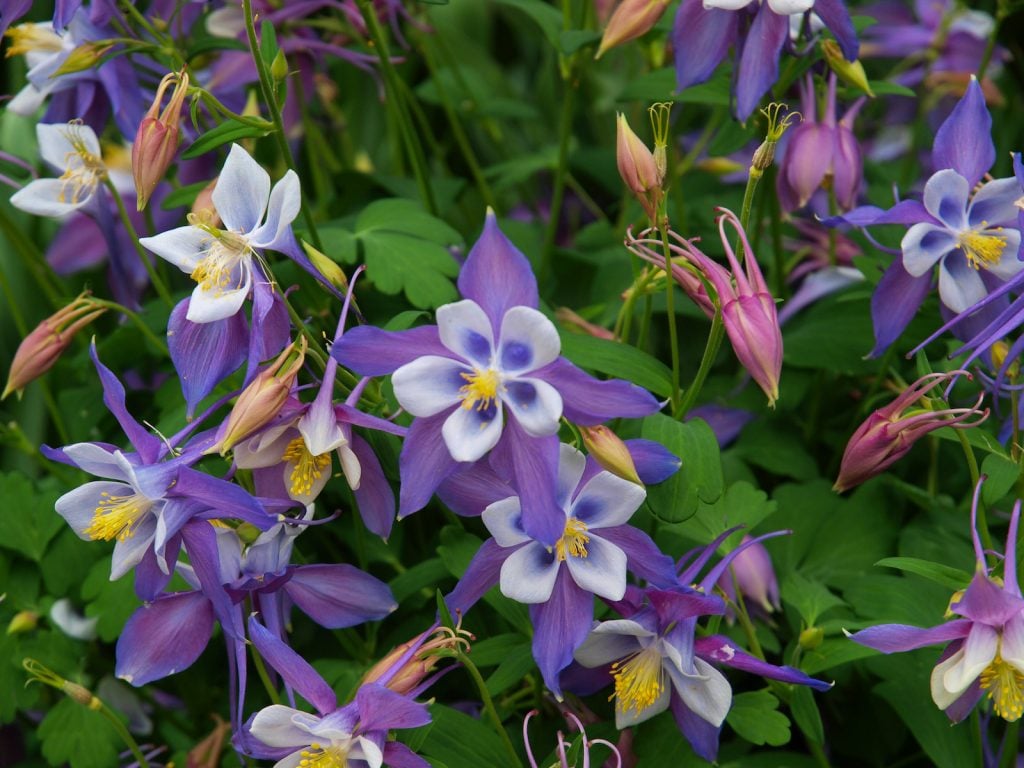
The columbine flower is the state flower of Colorado. It’s known for the spurred petals of its flowers, which means that each pale purple flower has several distinct or deliberate segments that jut out and grow away from the flower itself so that they stick out at odd angles.
Coneflower Blossoms

Coneflowers are actually a group of different flowers that take their name from the slightly raised central disk that often looks like a small, rounded cone. Despite growing in different places around the world, most coneflowers come in a soft purplish color that unites them across the species.
Coral

Coral colonies come in a wide range of colors, so it’s not too difficult to believe that purple is just one of those many hues. They actually derive their color from the single-celled invertebrates that live inside of the coral colonies and provide a major source of energy.
Crocus Blossoms

Crocuses are part of the iris family, native to a wide range of habitats from alpine tundras to woodland meadows and sea level scrub. These bluish-purple flowers take their name from the Sanskrit word for “saffron”, a spice that’s produced from the dried and processed flowers.
Delphinium Blossoms

Delphiniums are beautiful flowers with soft bluish-purple petals, but don’t let appearances fool you. Every member of the Delphinium genus are toxic to humans and animals alike. They take their name from the ancient Greek word for “dolphin”, as the Greeks thought their blossoms closely resembled the playful marine mammals.
Dragonfruits
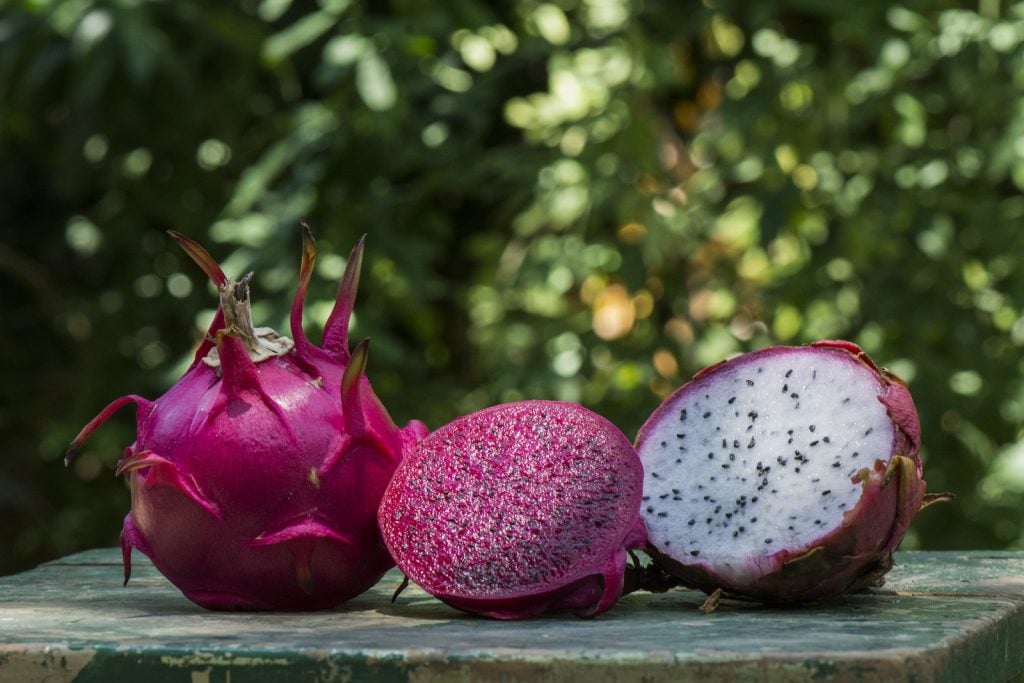
Since 1963, the English-speaking world has called these spiky, scaly, reddish-purple fruits “dragon fruits” as a nod to their appearance, but they’re mostly called pitaya or pitahaya fruits by the indigenous Americans. The insides of these fruits come with creamy or purple/pinkish flesh with several small black seeds speckled heavily throughout.
Eggplants
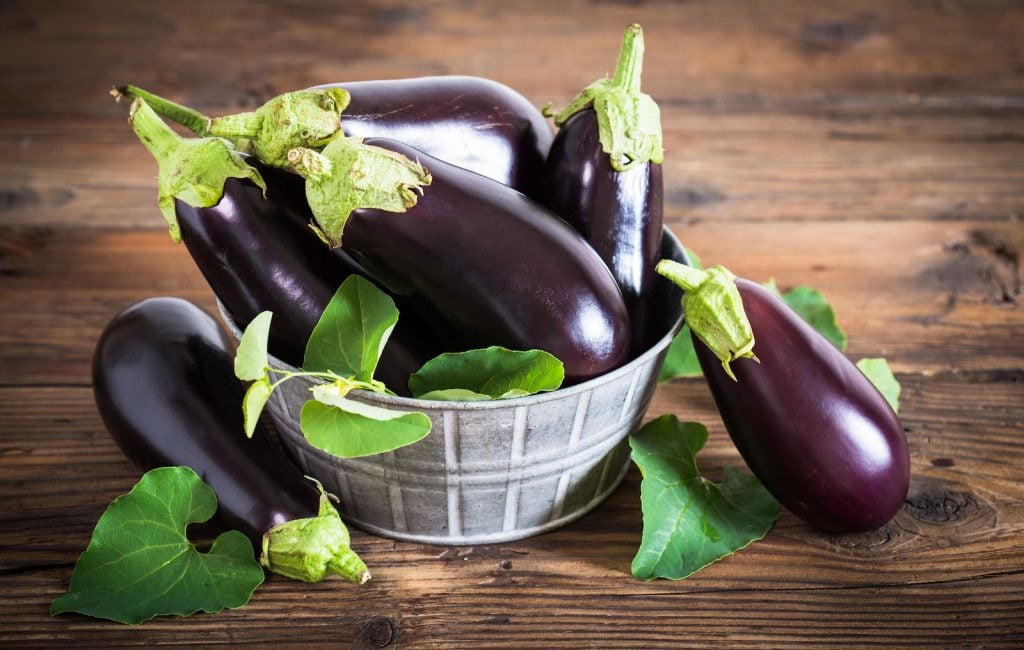
Eggplants, or aubergines in Europe, are part of the nightshade family. They’re actually one of the few nightshade plants to originate in Europe, as tomatoes, chili peppers, and potatoes all originate in the Americas. The deep reddish-purple skin of these fruits makes them a striking choice for nearly any dish.
Elderberries
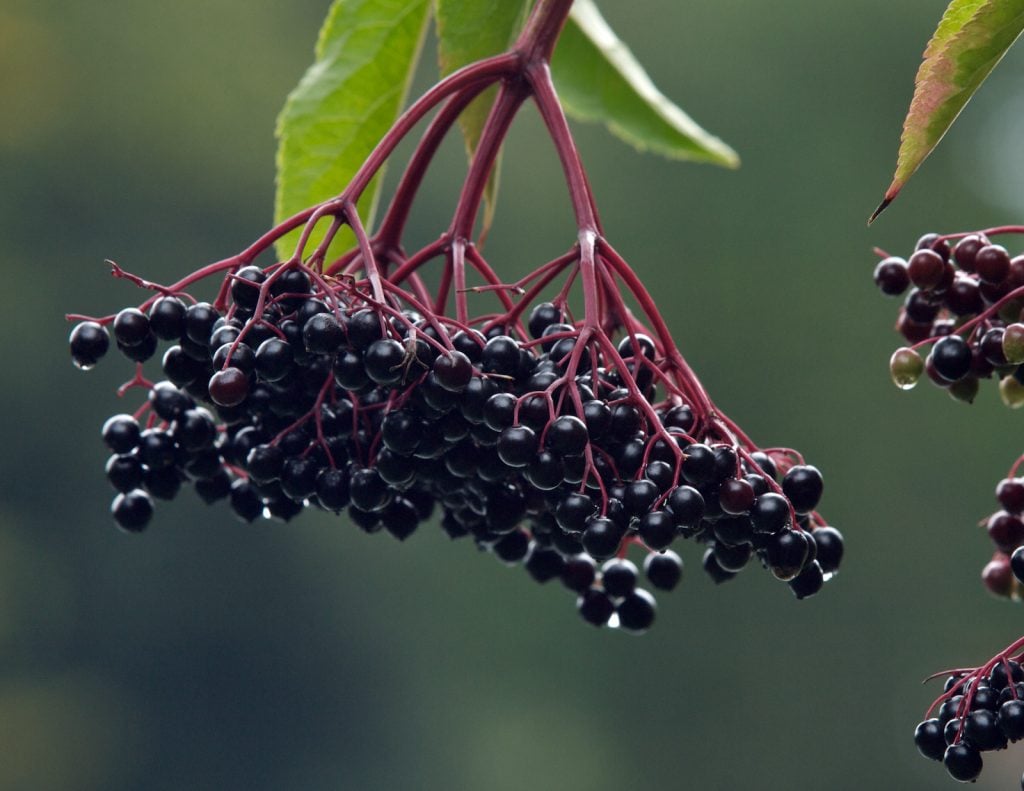
Elderberries can be mistaken for blackberries or blueberries if you’re not paying attention, but the intense purplish blue-black color of these berries is a little more dangerous than its friendlier relatives. Elderberries have to be cooked before they’re eaten, as the uncooked berries and leaves of the elderberry plant is highly poisonous.
Elegant Firefish

The elegant firefish likes to live both in the sandy patches and rubble at the bottom of coral reefs as well as in the deep outer reef dropoffs among the strong ocean currents. These small, yellow, red, and purple fish are monogamous and will stick with one mate all their lives.
Figs
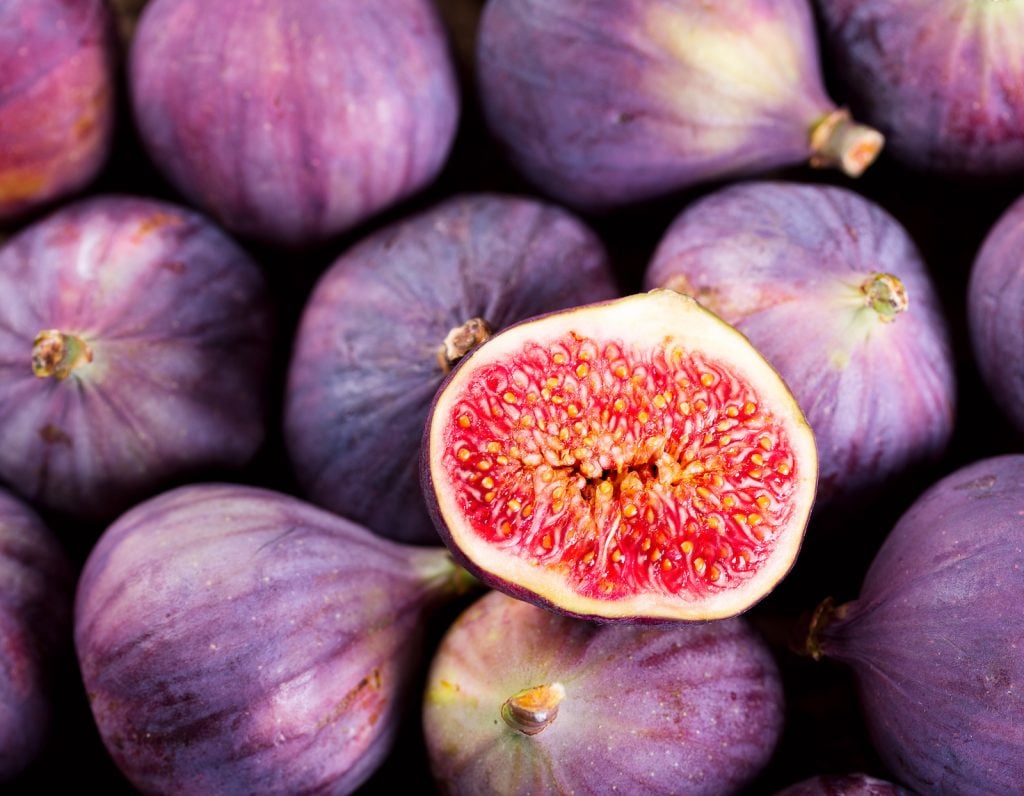
They’re known around the world for their distinctive fruits, but fig trees are actually part of the mulberry family. While the outside of the fig fruit is usually a pale spring green, the inside is a bright reddish-purple, and dried figs often take on a dark brown-purple hue.
Foxglove Blossoms

Foxgloves, also known as “finger glove” or “witch’s glove” flowers, are cheerful purple flowers with bell or thimble-shaped blossoms. The “witch’s glove” name alludes to the high toxicity of the flowers – especially when brewed in a tea – as does the more ominous name of “dead man’s bells”.
Fuchsia Blossoms
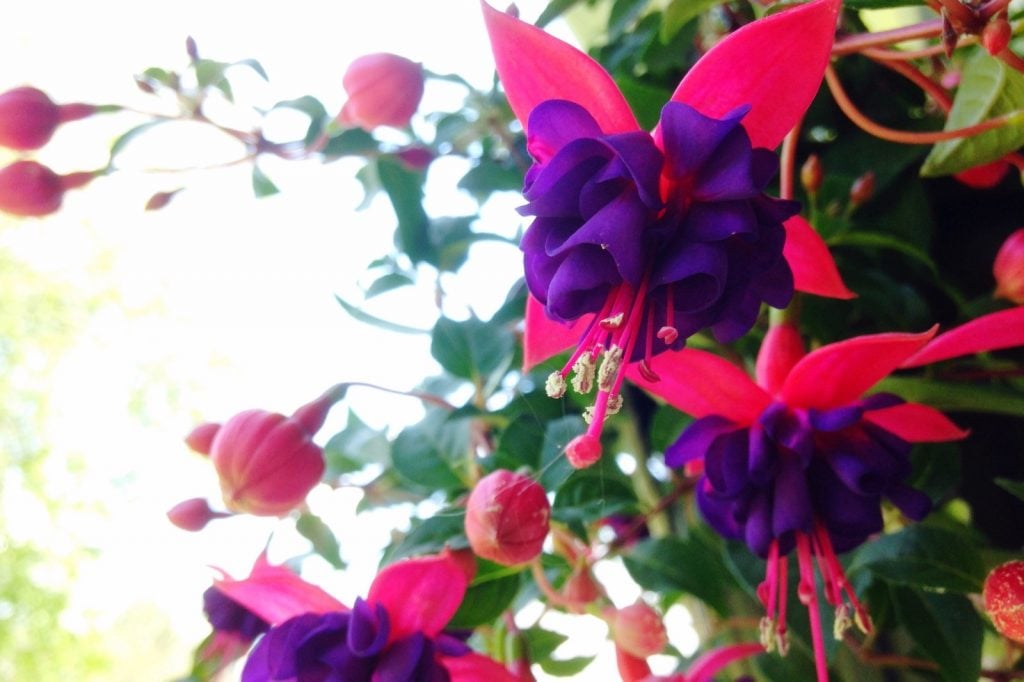
Fuchsia plants are a family of flowering plants that grow pinkish-purple blossoms and red-green, red, or purple berries. While most of the fruits of this plant are flavorless or even unpleasant, the fruit of F. splendens is said to taste like a refreshing mix of citrus and black pepper.
